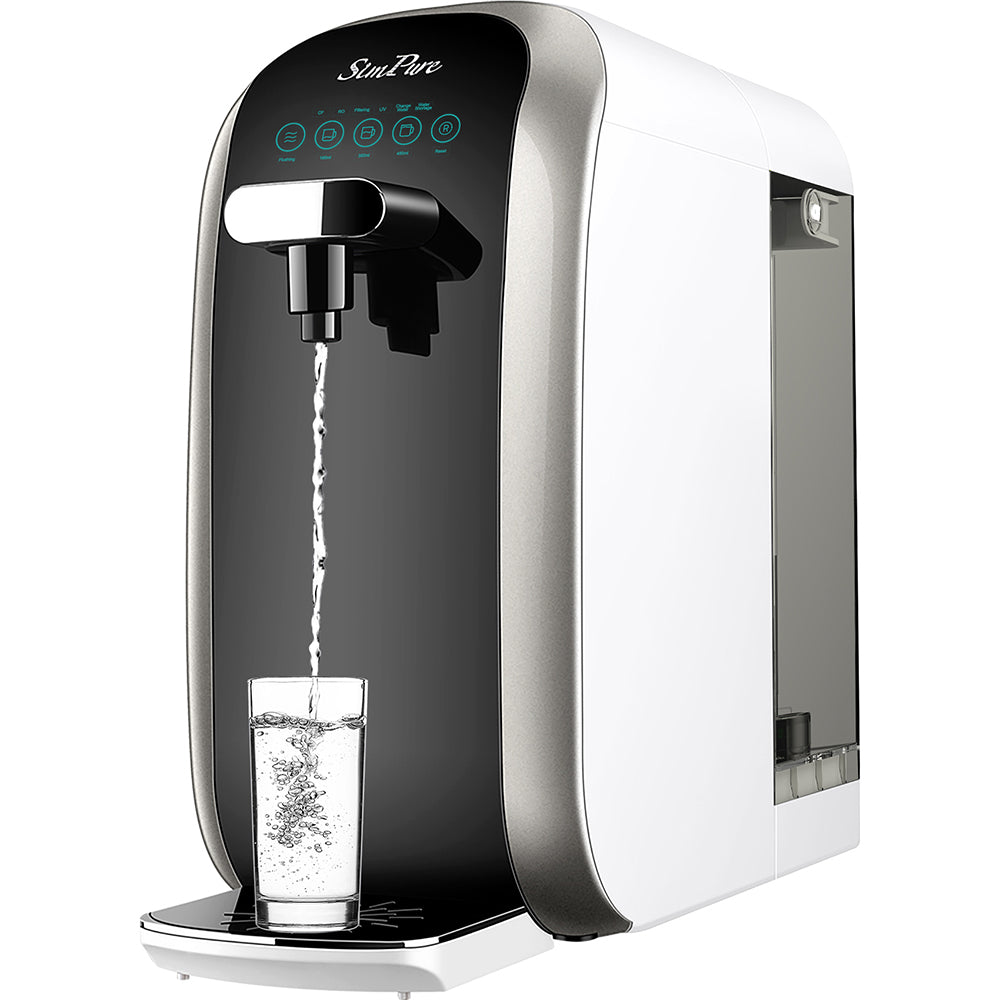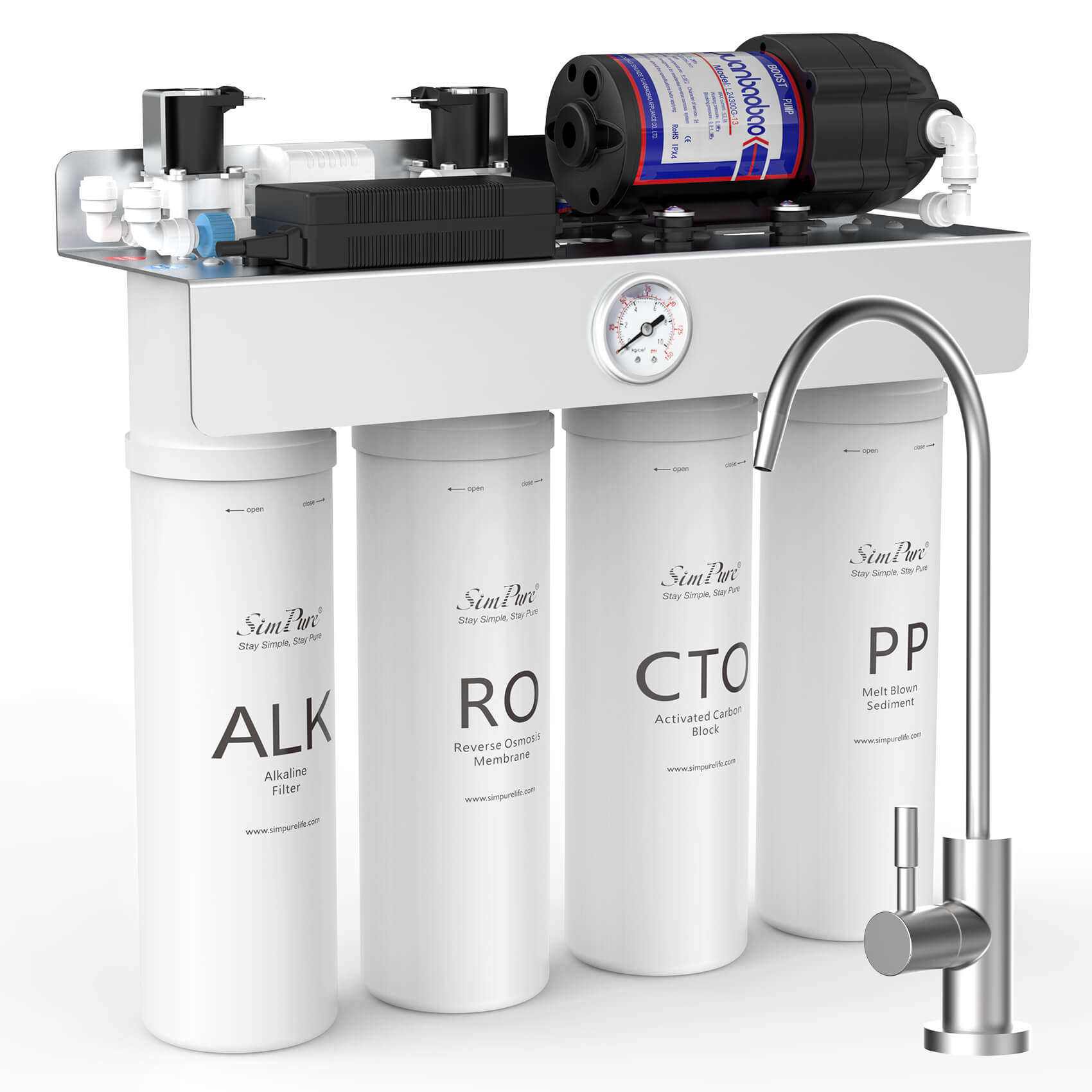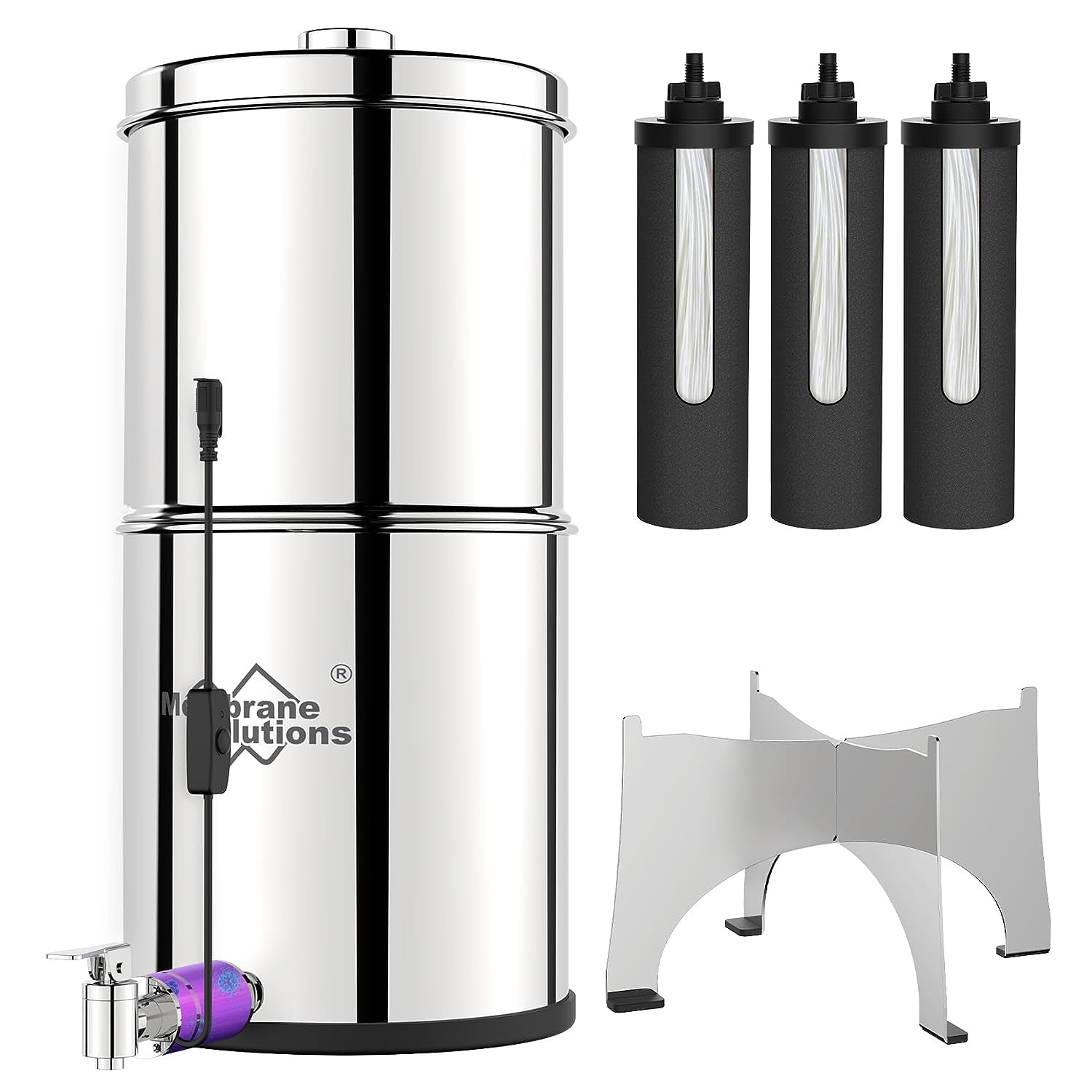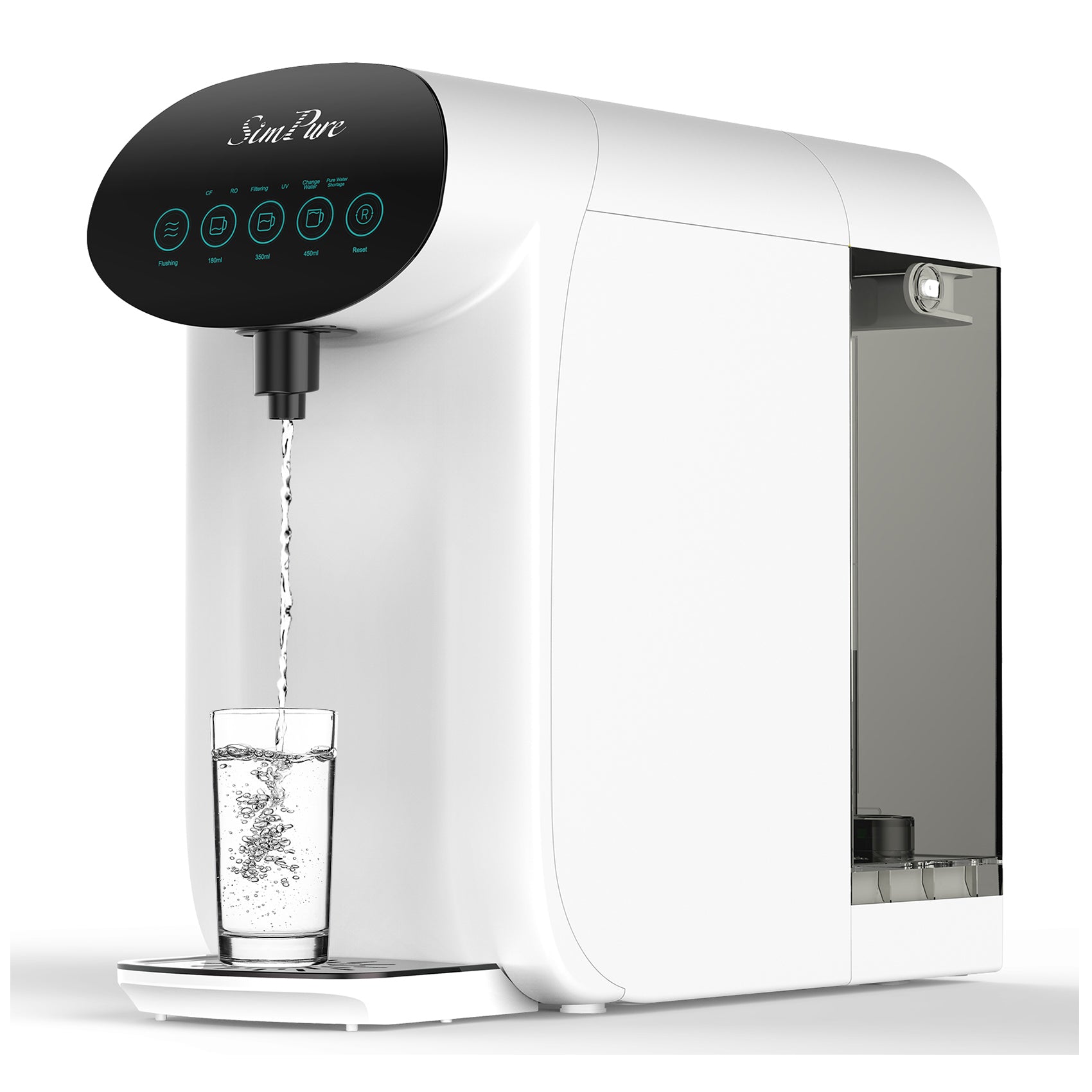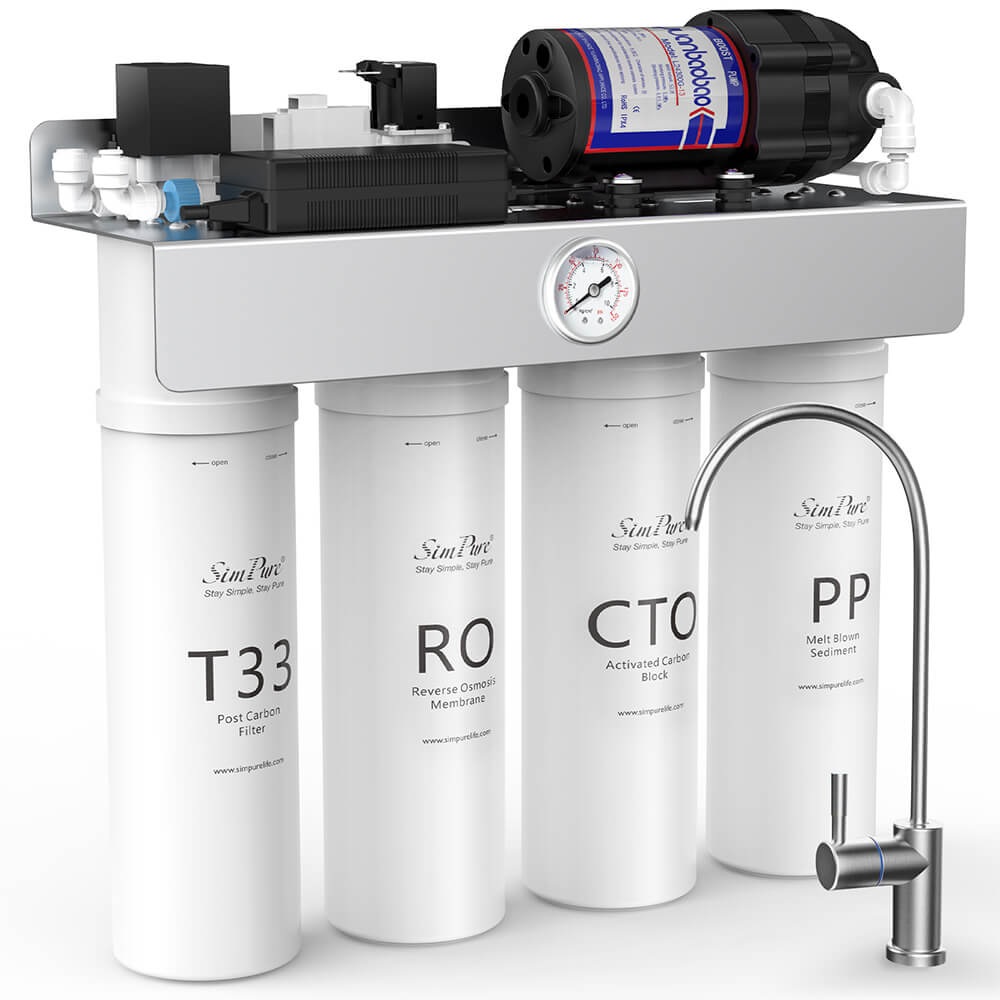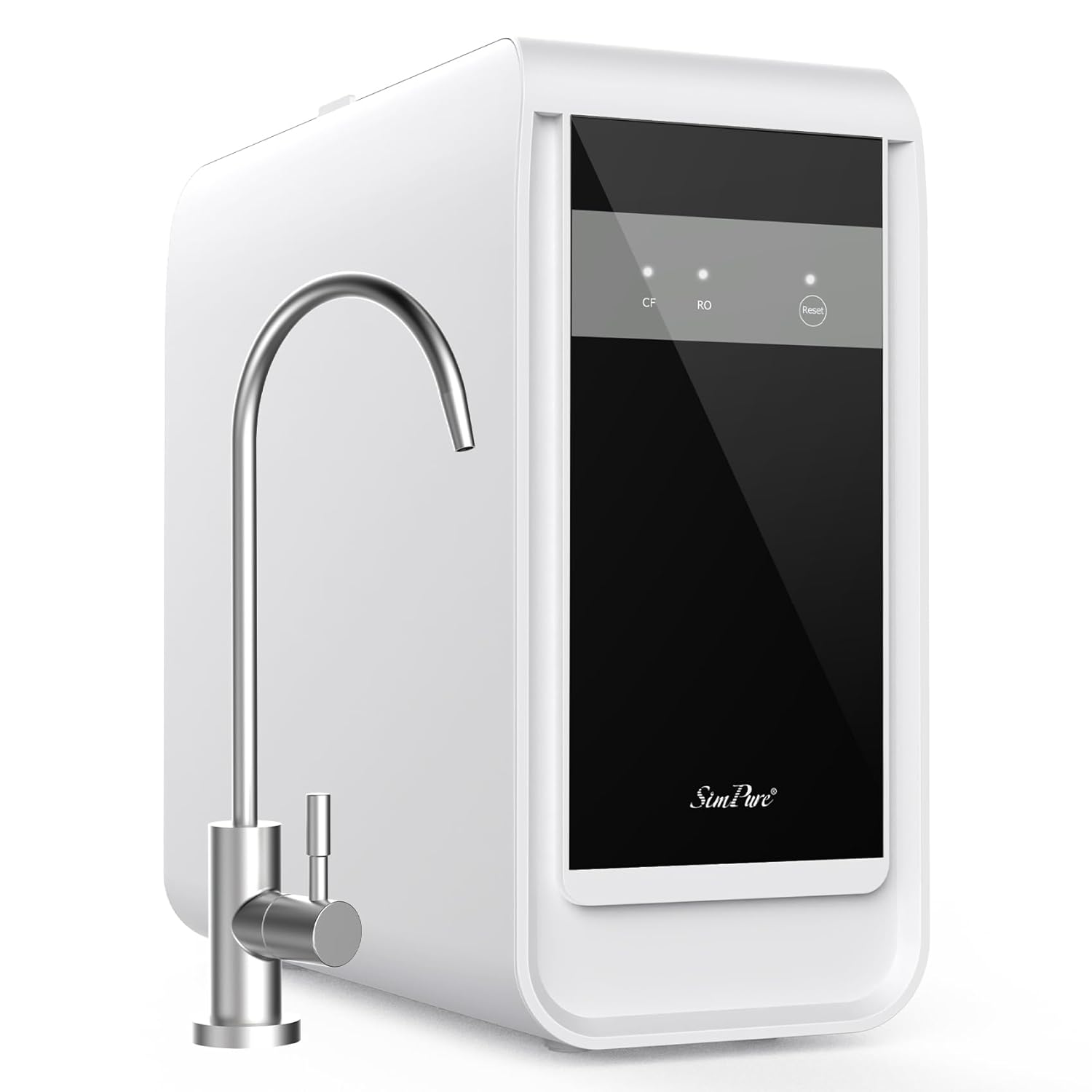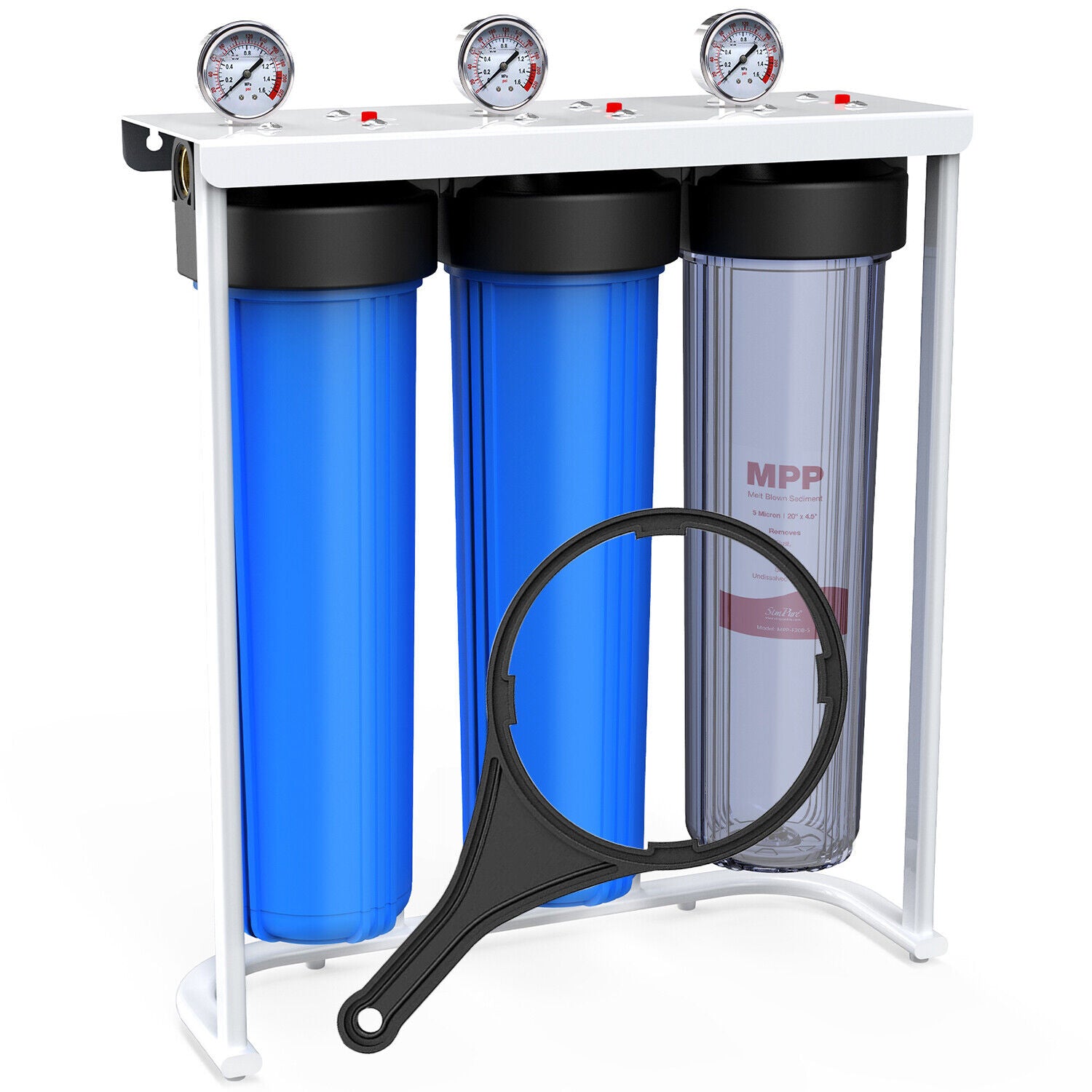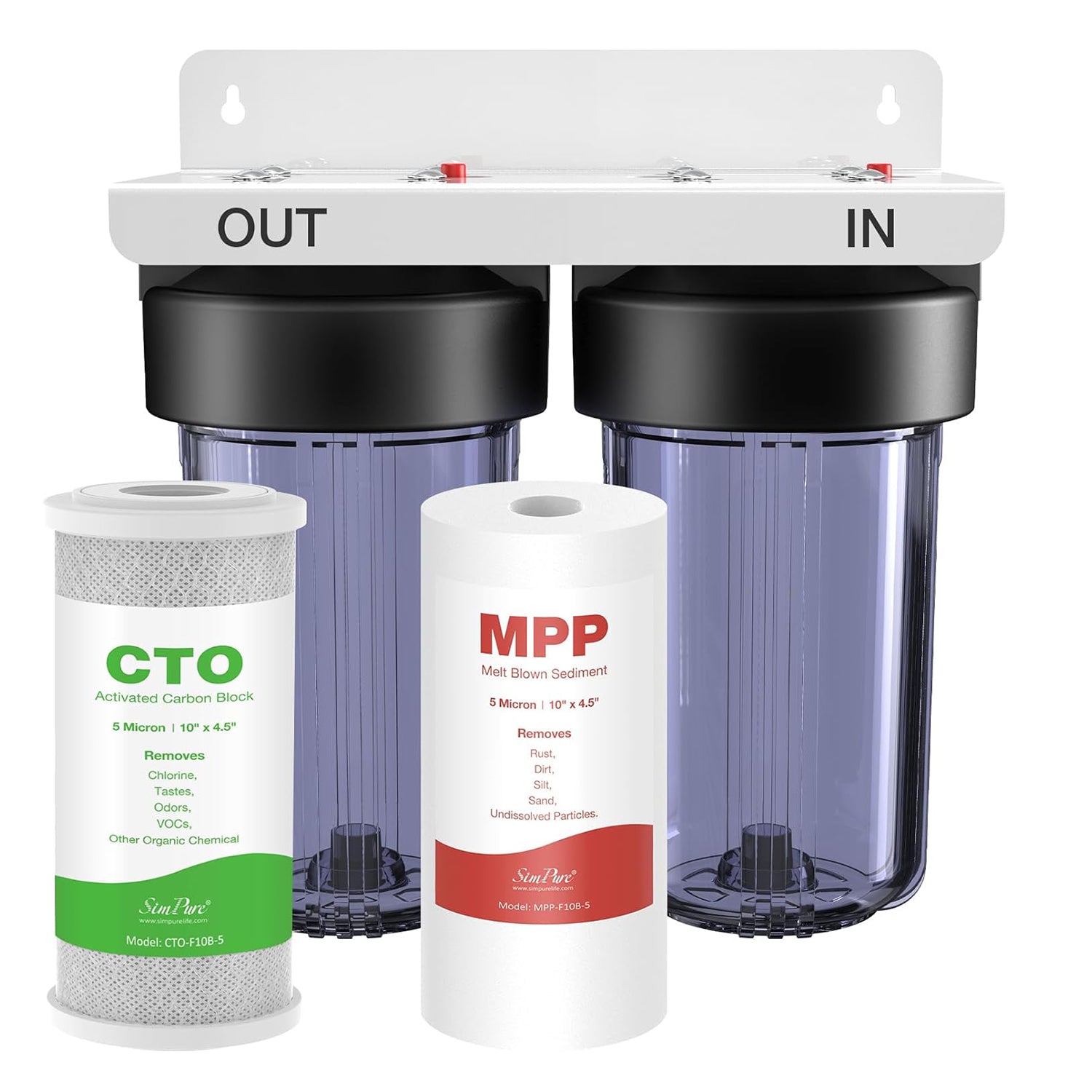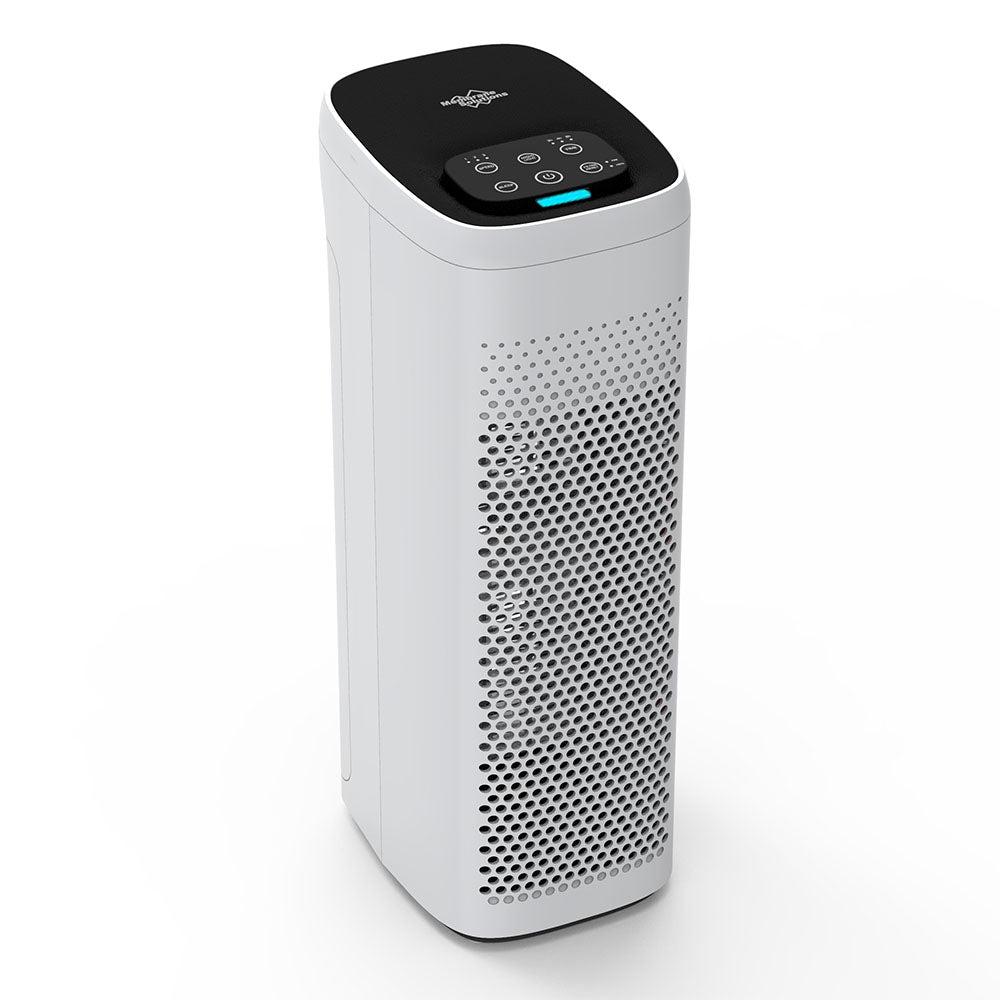At present, the performance, appearance, and price of air purifiers vary greatly so consumers are inevitably dazzled when selecting an air purifier for home. So how to choose air purifier for home? What aspects should I pay attention to when purchasing an air purifier for home? This article summarizes the trilogy of choosing an air purifier for your home from a professional and practical point of view, hoping to help consumers choose a satisfactory air purifier for home.
3 Steps on how to choose air purifier for home
When choosing an air purifier for home, you need to consider the following 3 issues first: one is the target pollutant, the second is the place where the purifier is used in the home, and the third is to determine the CADR of air purifier according to the home room area.

Step 1: Identify the target contaminants that need to be purified when choosing the air purifier for home.
Indoor air pollutants are divided into outdoor sources and indoor sources. Outdoor sources refer to the entry of outdoor air into the room through a variety of channels such as air conditioning ventilation systems, natural ventilation, penetration of gaps in the envelope, and personal carrying. Indoor sources include exhalation from the human body, cooking fumes, interior building decoration materials, indoor fungal dust mites, pet odors, electromagnetic or static electricity generated by household appliances, etc. For different pollutants, the purification principle of the air purifier for home is different, so the first thing to be clear is to purify particle pollutants such as pollen, dust, PM2.5, and smoke. Or chemical pollutants such as formaldehyde, benzene, and volatile organic compounds? Or are they biological contaminants such as bacteria, viruses, molds, dust mites, etc.?
Step 2: Determine the places where it is used in your home when selecting an air purifier for home.
The purification effect of the air purifier for home is closely related to the room area, the power of the purifier, the purification efficiency, and other parameters, in addition to the above indicators, but also consider the noise.
1. If placed in a large area such as the living room, you can choose air purifier for home room with high purification capacity, and noise is not used as the main parameter;
2. If placed in a bedroom, it should be considered that the noise should not be too high. The higher the amount of clean air per hour, the more suitable it is for your rooms;
3. If the indoor smoke pollution is heavy, you can choose air purifier for home with a better dust removal effect;
4. If the interior decoration or the purchase of new furniture, its formaldehyde toluene pollution is serious, you can choose an air purifier for home with the function of removing decoration pollution.
5. If the indoor air is not circulating with dirty, bacteria and dust mites breed, you can choose an air purifier for home with sterilization, disinfection, and allergic functions.
If you don't have much idea about the air purifier for different rooms, you can click SimPure room purifier for more info.
Step 3: Calculate the room area to determine how many CADRs of the air purifier for home need to be purchased.
When consider how to choose an air purifier for your home, you need to figure out the specific CADRs of your home room. Clean air volume is the parameter of the air purifier's purification capacity for target pollutants (particulate matter or gaseous pollutants), the larger the value, the stronger the purification capacity of the large room air purifier per unit time, and the better the purification efficiency is. The effective area of the indoor air purification device is preferably roughly equivalent to the area of your environment. What's more, you should know the following of how to choose air purifier for home. If the area is too small, the desired purification effect cannot be achieved; Too large CADR of the room air purifier will inevitably lead to energy waste, and sometimes even cause the cumulative concentration of some derivatives to be too high, affecting indoor air quality. The different air purifier for home large room has different maximum air cleanliness amounts. You should use the area of the room and choose an air purifier for home that matches it.
CADR Calculation | How to select air purifier for home?

The applicable area of the air purifier for home can be estimated by the amount of particulate clean air. In the previous article, we talked the clean air deliver rate calculation. You can click it to get the calculation methods. Here we want to tell you that in general, the size of the area that needs to be purified in the home should be multiplied by 10, and the resulting number is the CADR that you probably need to buy a large room air purifier.
When purchasing the air purifier for home, be sure to calculate whether the air purifier can meet your own needs and choose a product that is truly suitable for you. That is an indipensable factor of how to choose an air purifier for your home. You can also find the specs CADR and the applied room space on the product page without calculation. The CADR value identified by the manufacturer is the maximum gear effect, so the customers cannot choose according to the minimum value.
Another 7 aspects of how to choose air purifier for home?

1. High cumulative purification capacity (CCM)
The cumulative purification amount of the air purifier for home means that when the amount of clean air in the air purifier decays to 50% of the initial value, the total mass of the target pollutants in the cumulative purification treatment is accumulated, and the higher this parameter, the more pollutants are purified, and the longer the filter life.
2. High-performance value
Purification efficiency of the air purifier for home is the amount of clean air generated by the unit power consumption of the air purifier in the rated state, the higher this parameter, the more power saving. For particulate matter, the purification efficiency ≥ 5.0m3/(W•h) is considered to be high efficiency, and for gaseous pollutants such as formaldehyde, the purification efficiency ≥ 1.0m3/(W•h) is considered to be high efficiency.
3. Consider the purification technology
The air purifier for home can choose one of the HEPA filters or electrostatic filters as needed. Because these two are the core components of the air purifier. At the same time, the higher the HEPA filter grade, the smaller the diameter of the particulate matter that can be filtered, and the better the filtration effect. At present, the H13 level filter of air purifier for home has the best effect.
4. Avoid secondary contamination
Air purifier for home that use electrostatic precipitators and pure negative ion technology may produce ozone during operation. Although it can kill bacteria, viruses, etc., excessive ozone will also affect people's health and produce secondary pollution. So for now, the most efficient and effective is the air purifier for your home with HEPA filter technology. It is an important aspect of how to choose air purifier for home.
5. Ease of operation and cost-effectiveness
When purchasing the air purifier for home, you should also take into account the problems encountered in the actual use process. First of all, to see whether the design is humane and whether the operation is simple and convenient. Such as intelligent real-time monitoring of temperature and humidity, automatic mode, intelligent timing, filter update intelligent prompts, etc., as well as intelligent child lock design, and intelligent power-off function, very humanized. Some people buy air purifier for home to their parents, so the air purifier should be easy to use. To be concluded, whether the design of the air purifier is humane is also a factor that should be considered when choosing air purifier for home
6. Low noise
The air purifier for home is not something that just be used for an hour or two or a day. In order to ensure the health of indoor air, the air purifier is best turned on for a long time. And in order to avoid disturbing the user's daily rest, its working noise also needs to be considered very strictly. The general air purifier for home is divided into multiple levels of purification, when the low gear is best to ensure that the working noise value is less than 40 decibels, in order to ensure a comfortable user experience.
7. Clear power consumption
The air purifier for big rooms is used as a kind of home appliance similar to the refrigerator that is opened for a long time. Its energy-saving ability naturally also needs to be taken into account, under the same purification effect, the smaller the power of the purifier, the smaller the power consumption.
In conclusion, if you have the questions on how to choose air purifier for home, the above aspects are exactly what you need to consider. Just think carefully and choose an an air purifier for your home to get cleaner air!



